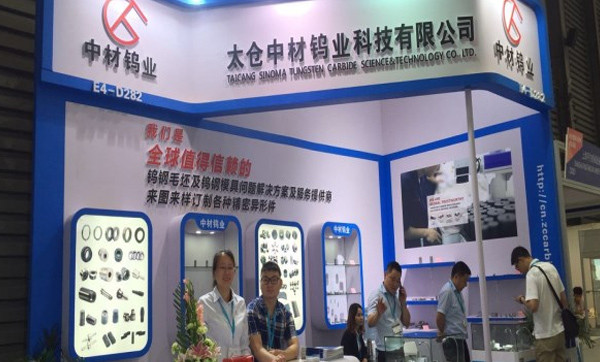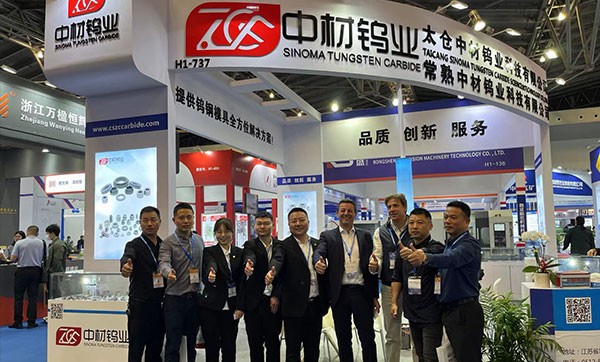Fresh air systems ensure a continuous supply of clean, oxygen-rich air indoors, reducing the concentration of indoor air pollutants such as volatile organic compounds (VOCs), allergens, and particulate matter. This leads to healthier indoor environments, particularly beneficial for individuals with respiratory conditions or allergies.
Proper ventilation helps regulate indoor temperature and humidity levels, creating a more comfortable living or working environment year-round. By preventing the buildup of excess moisture and stale air, fresh air systems can mitigate issues like musty odors and mold growth.
While it may seem counterintuitive, modern fresh air systems are designed with energy efficiency in mind. By incorporating heat recovery or energy recovery mechanisms, these systems can pre-condition incoming outdoor air using the energy from exhaust air, significantly reducing heating or cooling loads and energy costs.
Many building codes and standards mandate minimum ventilation requirements to ensure occupant health and safety. Installing a fresh air system can help building owners and managers meet these regulatory requirements, avoiding potential fines or penalties for non-compliance.
Studies have shown that improved indoor air quality, facilitated by effective ventilation, can lead to better cognitive function and productivity. Fresh air systems contribute to a more comfortable and stimulating indoor environment, which can positively impact occupants' concentration, focus, and overall well-being.
The upfront cost of purchasing and installing a fresh air system can vary depending on factors such as system capacity, complexity, and building size. While some basic ventilation systems may be relatively affordable, more advanced systems with features like heat recovery can entail higher initial investments.
Like any mechanical system, fresh air systems require regular maintenance to ensure optimal performance and longevity. This may include filter replacement, cleaning of ductwork, and periodic inspections by qualified technicians. Additionally, operating costs, such as electricity consumption for fans and ventilation controls, should be factored into the overall cost of ownership.
Depending on the type of ventilation system chosen, space requirements for equipment installation and ductwork may pose challenges, especially in retrofitting existing buildings. Proper planning and coordination with architects and engineers are essential to optimize space utilization and minimize disruptions during installation.
Ventilation fans and air handling units can generate noise during operation, which may be a concern, particularly in noise-sensitive environments such as bedrooms or offices. Investing in sound attenuation measures or selecting quieter equipment models can help mitigate noise issues but may add to the overall cost.
Depending on local building codes and regulations, obtaining permits for fresh air system installation may be required, adding administrative costs and potential delays to the project timeline. Ensuring compliance with relevant standards and regulations is essential to avoid legal complications down the line.
Fresh air systems offer a multitude of benefits for indoor environments, ranging from improved air quality and comfort to energy savings and regulatory compliance. However, it's essential to weigh these advantages against the associated costs, both upfront and ongoing, to make informed decisions about implementing such systems. By considering factors such as initial investment, maintenance requirements, and regulatory considerations, building owners and occupants can maximize the value of fresh air systems while minimizing potential drawbacks. In the quest for healthier, more sustainable indoor spaces, investing in effective ventilation solutions remains a breath of fresh air.




